University Hospitals (UH) Cleveland Medical Center is interested in sustainability with two primary goals: to raise sustainability and climate change awareness among employees through educational events, and to set manageable sustainability and net zero emissions goals that lead to a broader impact on health and the environment.
Tag: Climate Change
Trees in savanna areas of Cerrado produce three times more bark than species in forest areas
In tropical regions of the planet, savannas and forests often coexist in the same area and are exposed to the same climate.
A movement to reclaim urban waters? River Seine cleanup shows perks
Paris is embarking on a costly cleanup of its iconic, yet long toxic, River Seine — aiming to make it suitable for swimming ahead of the 2024 Paris Olympics. French officials hope the Seine cleanup will inspire other cities to…
Earth Day 2023: Virginia Tech experts available to discuss environmental issues, research
The Virginia Tech media relations office has the following experts available for interviews surrounding the environment, energy, and sustainability. To schedule an interview, please contact [email protected]. Rising seas threatens U.S. coastlines and cities A recently released report from the U.N. on climate change found that rising sea levels are “unavoidable for centuries to millennia due to continuing deep ocean warming and ice sheet melt, and sea levels will remain elevated for thousands of years.
$9.9M Bezos grant for virtual fencing combats climate change
The Bezos Earth Fund has awarded $9.9 million to the College of Agriculture and Life Sciences (CALS) at Cornell University to support a project developing low-cost virtual livestock fencing that would benefit farmers and animals, improve public health in developing countries and combat climate change.
For Allergy and Asthma Sufferers, Climate Change Means Worse Symptoms and Harsher Season
May is Asthma and Allergy Awareness Month. Experts from the American College of Allergy, Asthma & Immunology caution that pollen season is starting earlier and lasting longer than in past decades.
Migratory Birds Can Partially Offset Climate Change
A new study demonstrates that birds can partially compensate for these changes by delaying the start of spring migration and completing the journey faster. But the strategy comes with a cost—a decline in overall survival.
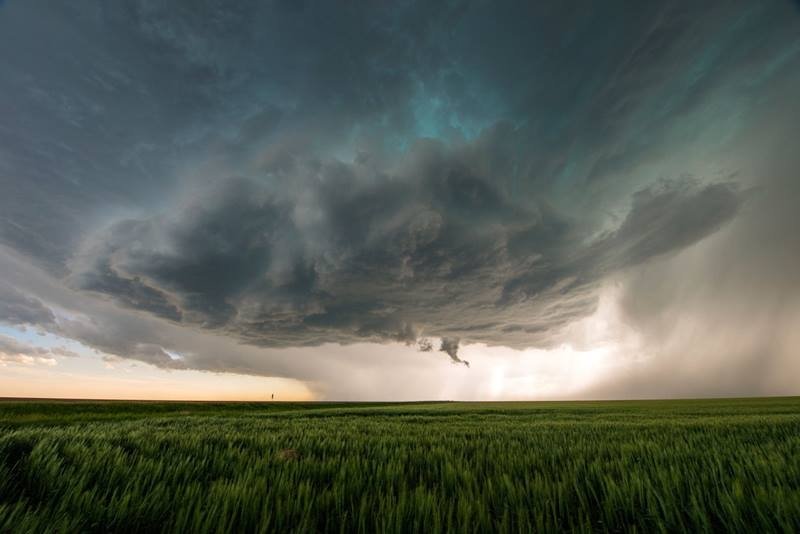
A Day and Night Difference: Molecular Composition of Aerosols Differs from Day to Night
Aerosols particles in the atmosphere are an important factor in the Earth’s climate, but researchers lack information on these aerosols’ molecular composition, especially for aerosols during the day and night above agricultural fields. In this research, scientists examined secondary organic aerosols over agricultural fields in the Southern Great Plains in Oklahoma. They found that the aerosols’ composition and structure differ from day to night and that some aerosols are ultimately from urban sources.
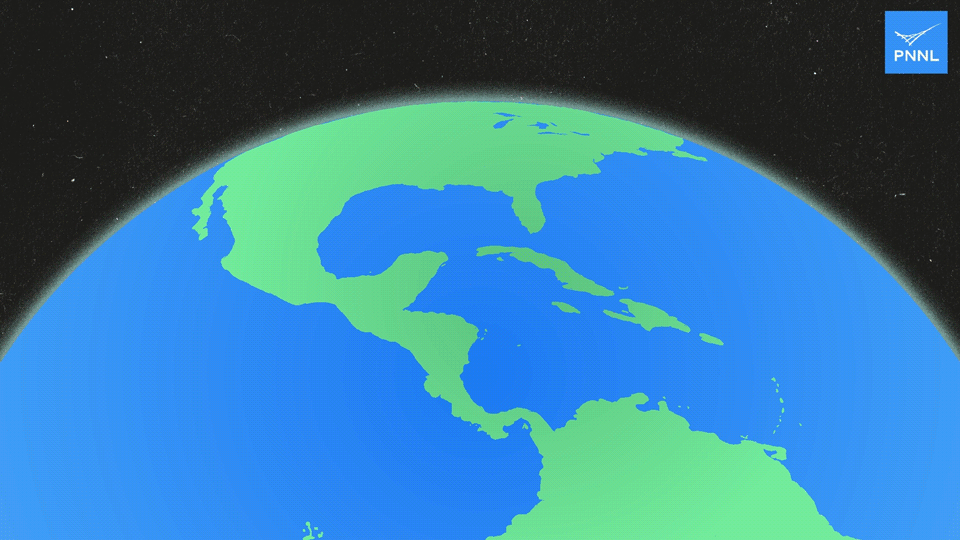
More Frequent Hurricanes Raise Risk to U.S. East and Gulf Coasts
New research finds that global warming will bring stronger and more frequent hurricanes to U.S. coasts, up by a third compared to current levels.
Washington state’s 2021 heat wave contributed to 159 excess injury deaths over three weeks
A record-breaking heat wave that baked Washington state in 2021 contributed to 159 excess injury deaths, according to research led by a UW professor.
US forests face an unclear future with climate change
Climate change might compromise how permanently forests are able to store carbon and keep it out of the air. In a new study, researchers found that the regions most at risk to lose forest carbon through fire, climate stress or insect damage are those regions where many forest carbon offset projects have been set up. The authors assert that there’s an urgent need to update these carbon offsets protocols and policies.
Costs of Natural Disasters Set To Spiral with Continued Rise in CO2 and Global Temperature, Study Shows
Researchers estimated that climate change-related natural disasters have increased since 1980 and have already cost the United States more than $2 trillion in recovery costs. Their analysis also suggests that as atmospheric carbon dioxide levels and the global temperature continue to rise, the frequency and severity of disasters will increase, with recovery costs potentially rising exponentially.

Stripped to the bone
Natural disasters can devastate a region, abruptly killing the species that form an ecosystem’s structure. But how this transpires can influence recovery. While fires scorch the landscape to the ground, a heatwave leaves an army of wooden staves in its wake. Storm surges and coral bleaching do something similar underwater.
Climate change: improved prediction of heatwaves thanks to AI
Extreme heatwaves are rare, but they have major consequences on living beings and their environments. Anticipating their arrival is a central challenge.
Opening a new frontier: PdMo intermetallic catalyst for promoting CO2 utilization
Being the most abundant and persistent greenhouse gas emitted, carbon dioxide (CO2) is the key driver of climate change.
The ice in Antarctica has melted before
Sixty per cent of the world’s fresh water is bound up in Antarctic ice sheets. Thirty million cubic kilometres of ice is perhaps a difficult number to grasp.
Emissions of banned ozone-destroying chemicals increasing
A new analysis has found rapidly increasing emissions between 2010 and 2020 of five ozone-depleting chemicals whose production for most uses had been banned under the Montreal Protocol.
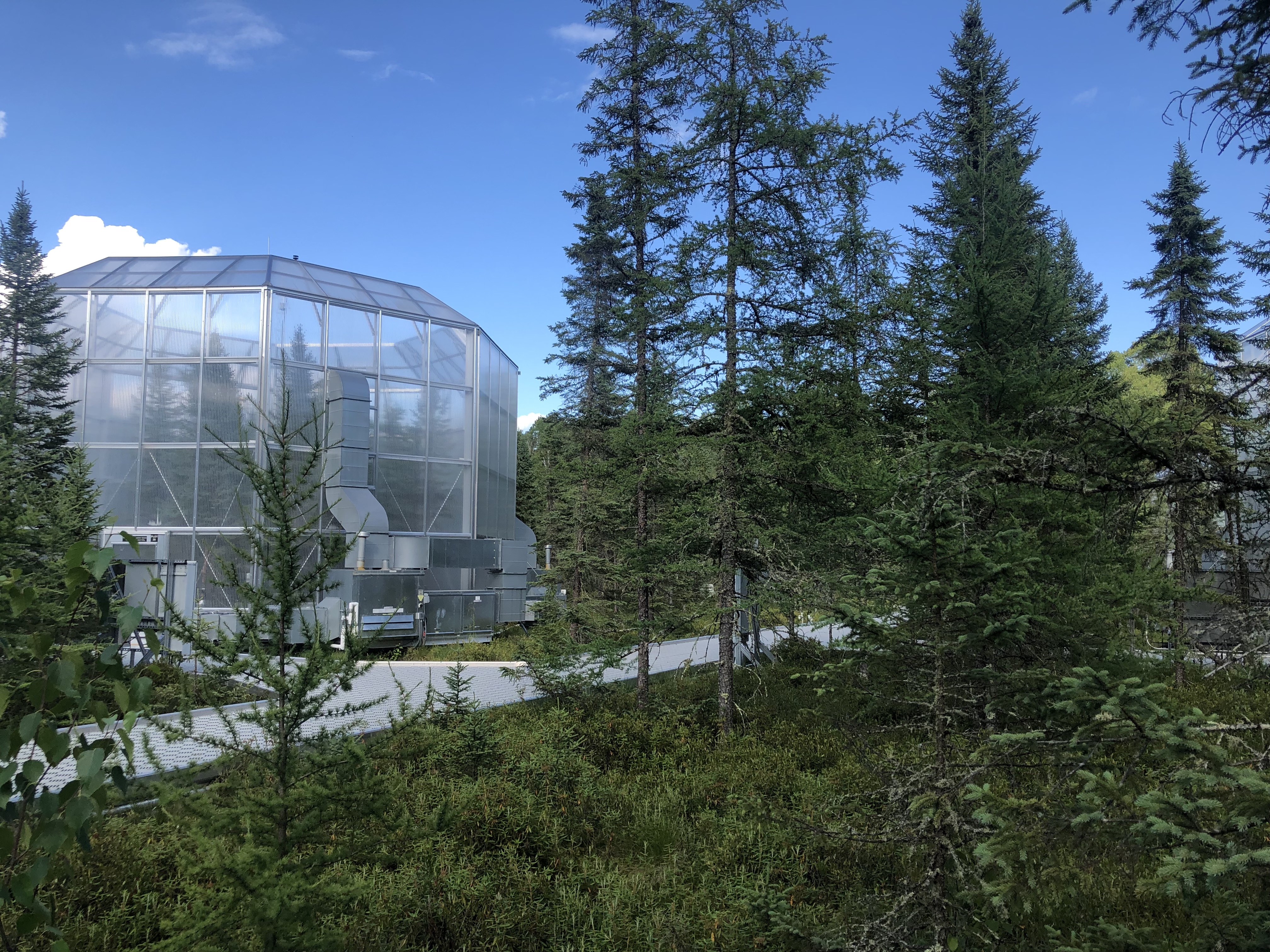
Rising Temperatures Alter ‘Missing Link’ of Microbial Processes, Putting Northern Peatlands at Risk
Georgia Tech researchers show that rising temperatures in northern regions may damage peatlands: critical ecosystems for storing carbon from the atmosphere — and could decouple vital processes in microbial support systems.
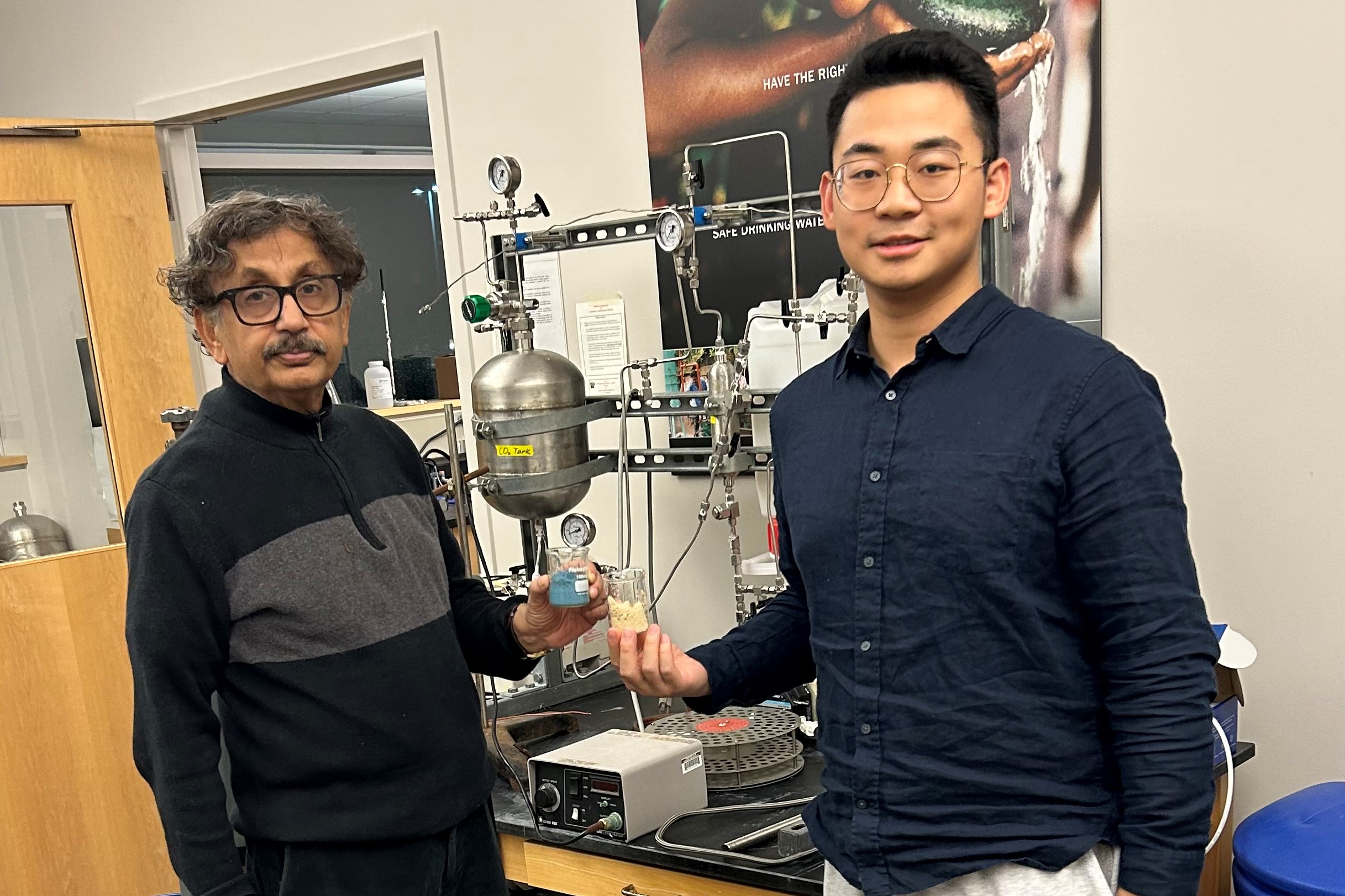
Path to net-zero carbon capture and storage may lead to ocean
Lehigh Engineering researcher Arup SenGupta has developed a novel way to capture carbon dioxide from the air and store it in the “infinite sink” of the ocean.
Hope for salamanders? Illinois study recalibrates climate change effects
For tiny salamanders squirming skin-to-soil, big-picture weather patterns may seem as far away as outer space. But for decades, scientists have mostly relied on free-air temperature data at large spatial scales to predict future salamander distributions under climate change. The outlook was dire for the mini ecosystem engineers, suggesting near elimination of habitat in crucial areas.
Addressing chemical pollution in biodiversity research
Five major drivers of biodiversity loss have been recognized: habitat destruction; overexploitation of natural resources; climate change; invasive species; and 5) pollution. Traditionally, ecologists have focused on the first four drivers, while chemical pollution has been addressed mainly regarding eutrophication.…
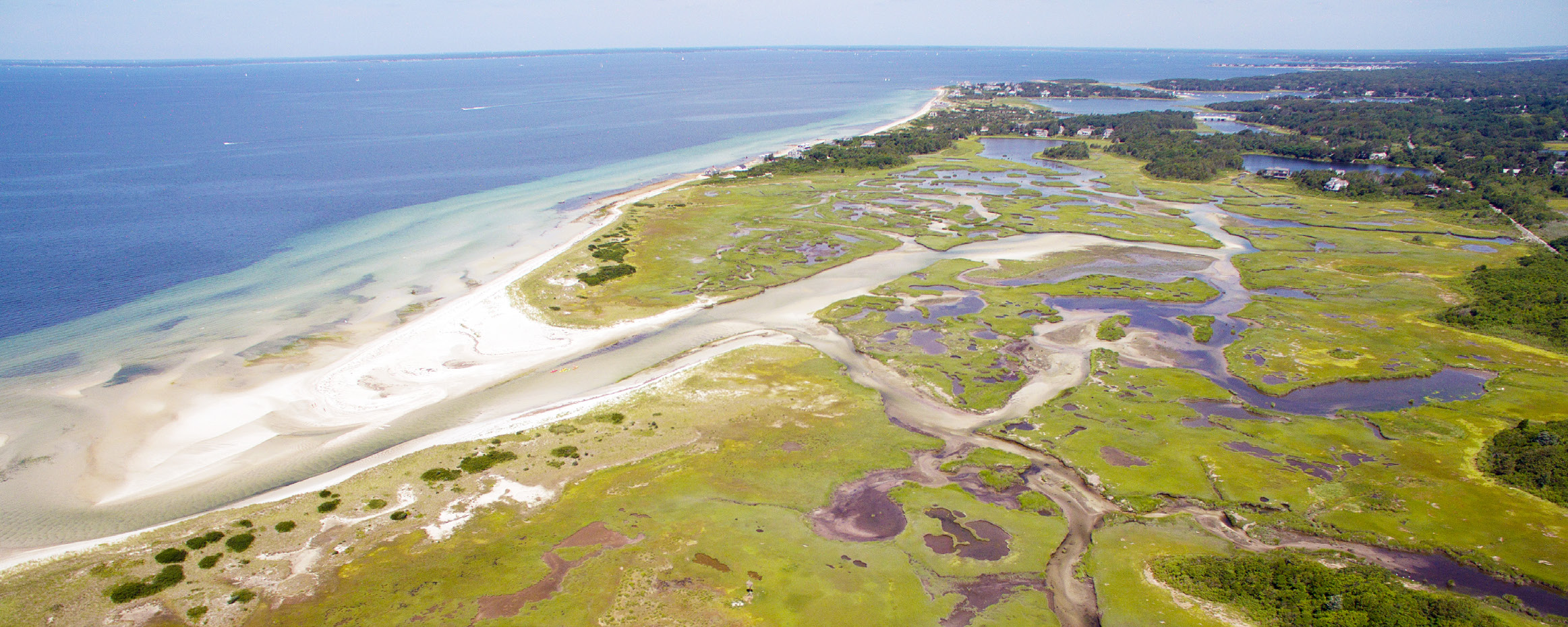
Most of world’s salt marshes likely to be underwater by 2100, study concludes
Cape Cod’s salt marshes are as iconic as they are important. These beautiful, low-lying wetlands are some of the most biologically productive ecosystems on Earth.
“Critical tool” launched to track national contributions to climate change
Research published today shows how countries have contributed to global warming through their emissions of key greenhouse gases since 1850 – marking a new effort to track impacts in a critical decade for climate policy.
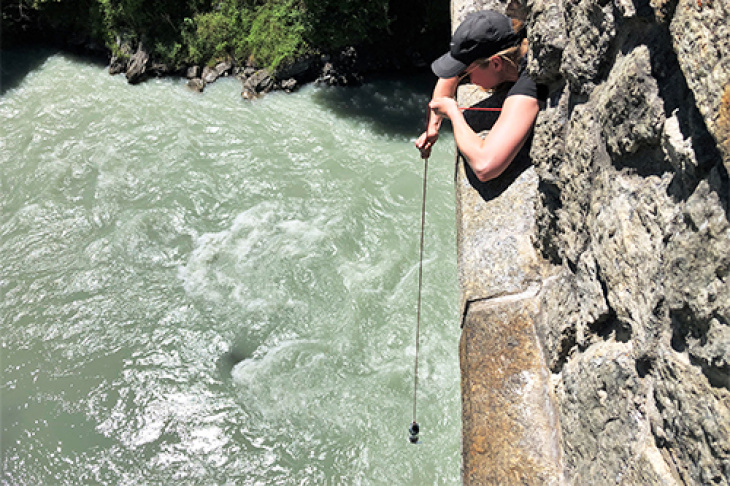
Stones for the climate
If the cook varies the amount of ingredients when preparing a dish, a completely new taste is created. It is exactly the same with binding of CO2 in the sea – a change in the substances in the water changes everything. The so-called alkalinity, i.e. the acid binding capacity, is created by the weathering of rocks and their entry into the ocean.
Surprise effect: Methane cools even as it heats
Most climate models do not yet account for a new UC Riverside discovery: methane traps a great deal of heat in Earth’s atmosphere, but also creates cooling clouds that offset 30% of the heat.
Corporate investment could improve climate-tech innovation
Corporate investments in climate-tech start-ups are a growing but overlooked aspect of energy innovation. According to a new report from Morgan Edwards, a professor at the La Follette School of Public Affairs at the University of Wisconsin–Madison, and her lead co-author at University of Maryland, these investments should be more fully considered as methods to advance climate technology.
2022 heatwave struck off surgery in fifth of UK hospitals
The 2022 summer heatwave resulted in a fifth of UK hospitals being forced to cancel operations during the three days when temperatures soared, a new study reveals.
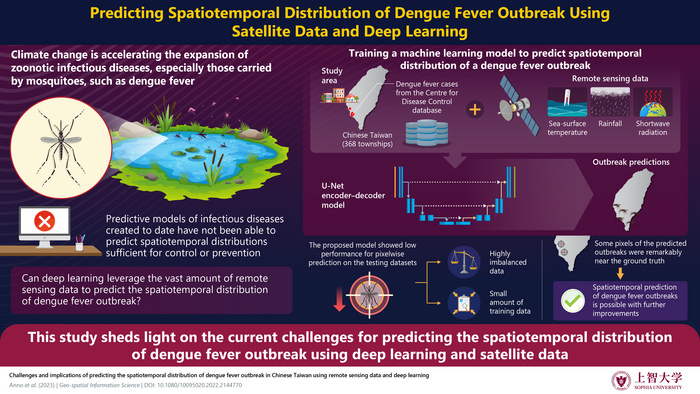
Can artificial intelligence predict spatiotemporal distribution of dengue fever outbreaks with remote sensing data? New study finds answers
Outbreaks of zoonotic diseases, which are those transmitted from animals to humans, are globally on the rise owing to climate change.
Water for the World: University of Rhode Island researchers available for interview
Access to safe water, proper sanitation and hygiene are essential for human survival. As the United Nations convenes its first major conference on water quality since 1977, researchers at the University of Rhode Island are seeking better ways to provide potable water and stop pollution from contaminating water supplies.
The global economics of climate action
A new assessment reviews innovative, integrated research that underpins the economic case for strong near-term climate action.
Without this, plants cannot respond to temperature
UC Riverside scientists have significantly advanced the race to control plant responses to temperature on a rapidly warming planet.
Sociologists Available to Discuss Climate Change and Its Impact
Contact: Preeti Vasishtha, ASA Director of Communications, (202) 247-9872, [email protected] Washington, DC— Changes to the climate system that are unparalleled over centuries are now occurring across the world, according to a recent report from the United Nations Intergovernmental Panel on…
Joshua Tree Residents Pledge $4 Million Gift to CSUF to Support Desert Science
Brian and Lori Rennie have pledged a planned gift to Cal State Fullerton valued at $4 million to support desert science studies, conservation and climate change research.
FAU New Home to Award-winning Website ‘The Invading Sea’
The Invading Sea, an award-winning website featuring content on climate change in Florida, now has a new home at FAU. The Invading Sea was founded in 2018 as a collaboration among the editorial boards of the Miami Herald, Palm Beach Post and Sun Sentinel, with Miami-based public radio station WLRN serving as a news partner. The site will continue to be a nonpartisan source for news and opinion pieces about climate change and other environmental issues in Florida at FAU, while expanding its focus to include more educational content.
New Study Provides First Comprehensive Look at Oxygen Loss on Coral Reefs
A new study is providing an unprecedented examination of oxygen loss on coral reefs around the globe under ocean warming. Led by researchers at UC San Diego’s Scripps Institution of Oceanography and a large team of national and international colleagues, the study captures the current state of hypoxia—or low oxygen levels—at 32 different sites, and reveals that hypoxia is already pervasive on many reefs.
S&T professor leads $2 million DOE project to curb climate change, critical minerals crisis
A researcher at Missouri University of Science and Technology was recently tapped by the U.S. Department of Energy’s Advanced Research Projects Agency-Energy (ARPA-E) to lead a $2 million grant project related to critical minerals and clean energy.
The world’s atmospheric rivers now have an intensity ranking like hurricanes
Atmospheric rivers, which are long, narrow bands of water vapor, are becoming more intense and frequent with climate change.
MSU research reveals how climate change threatens Asia’s water tower
Tibet is known as the “Water Tower of Asia,” providing water to about 2 billion people and supporting critical ecosystems in High Mountain Asia and the Tibetan Plateau, where many of the largest Asian river systems originate. This region is also one of the areas most vulnerable to the compounding effects of climate change and human activities. Michigan State University researchers are identifying policy changes that need to happen now to prepare for the future impacts projected by climate models.
Secret lives of salamanders
It’s a big night for spotted salamanders. Normally secretive and rarely seen, the salamanders emerge by the hundreds from their underground burrows to gather at breeding ponds at Tyson Research Center, Washington University in St. Louis’ environmental field station. Breeding happens on just a handful of days each spring, after the first warm rains fall.
Growing crops at solar farms can boost panel performance, longevity
Growing commercial crops on solar farms can both increase commercial food production and improve solar panel performance and longevity, according to new Cornell University research published in the journal Applied Energy.
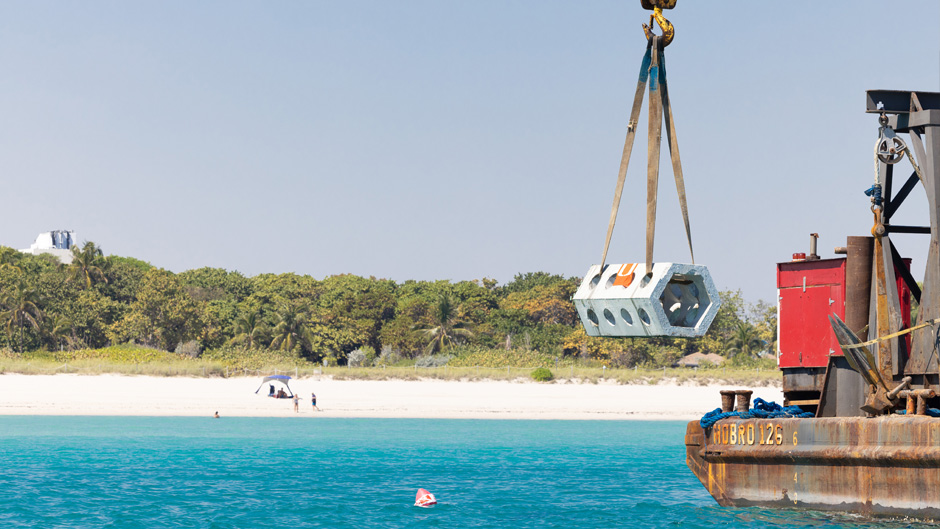
Unique hybrid reefs deployed off Miami Beach
The 18-foot-long structures, including fascinating honeycomb-shaped tubes, are part of an effort by University of Miami researchers and scientists to help restore damaged coral reefs and protect coastal environments.
Additive to make slurry more climate-friendly
Greenhouse gases act like a layer of window glass in the atmosphere: They prevent heat from being radiated from the Earth’s surface into space.
Wildfires in 2021 emitted a record-breaking amount of carbon dioxide
Carbon dioxide emissions from wildfires, which have been gradually increasing since 2000, spiked drastically to a record high in 2021, according to an international team of researchers led by Earth system scientists at the University of California, Irvine.
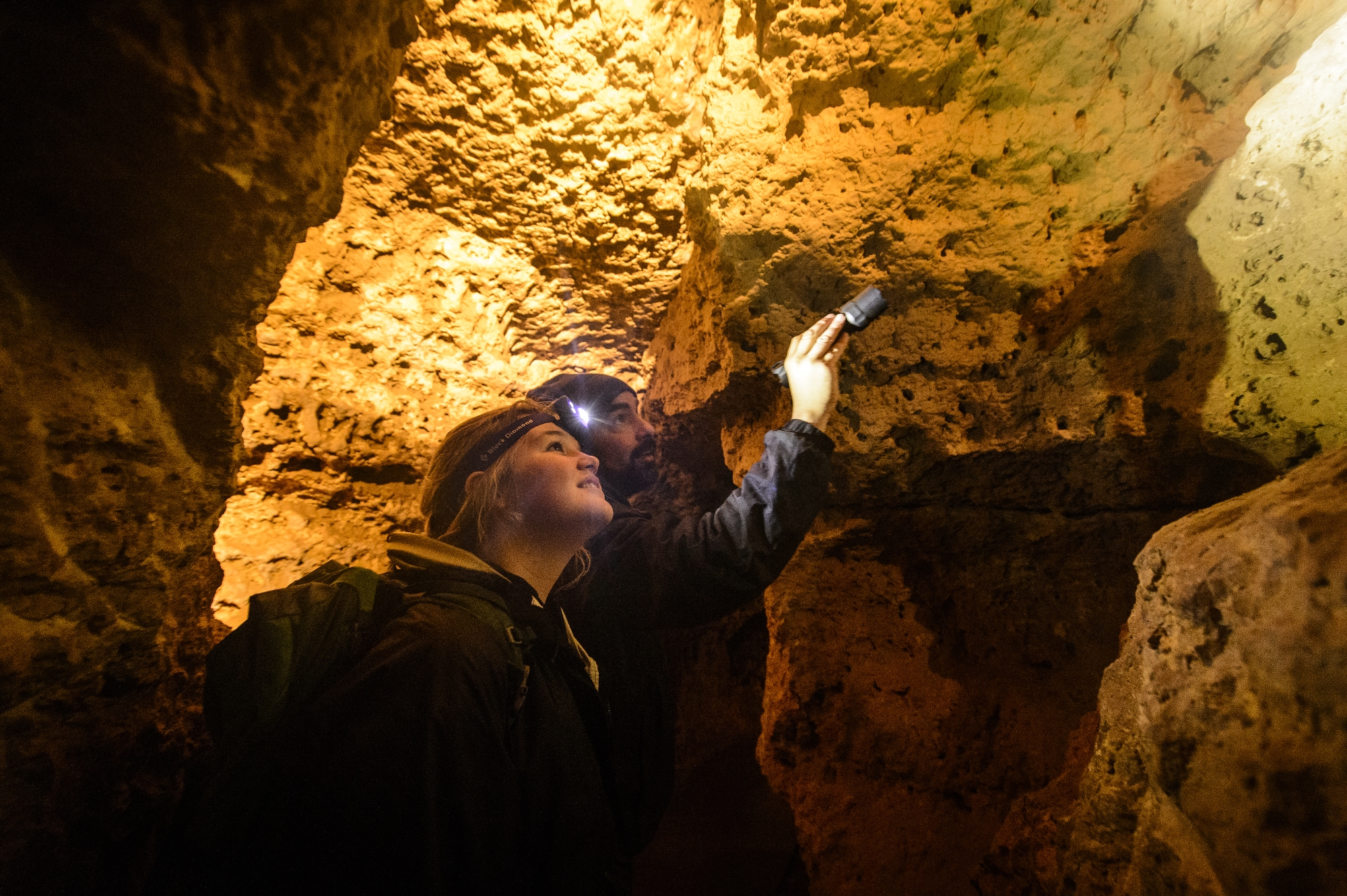
Wisconsin cave holds tantalizing clues to ancient climate changes, future shifts
Even in their dark isolation from the atmosphere above, caves can hold a rich archive of local climate conditions and how they’ve shifted over the eons. Formed over tens of thousands of years, speleothems — rock formations unique to caves better known as stalagmites and stalactites — hold secrets to the ancient environments from which they formed.
Robot provides unprecedented views below Antarctic ice shelf
With the help of an underwater robot, known as Icefin, a U.S.-New Zealand research team has obtained an unprecedented look inside a crevasse at Kamb Ice Stream — revealing more than a century of geological processes beneath the Antarctic ice.
Putting a price tag on the amenity value of private forests
When it comes to venturing into and enjoying nature, forests are the people’s top choice – at least in Denmark.
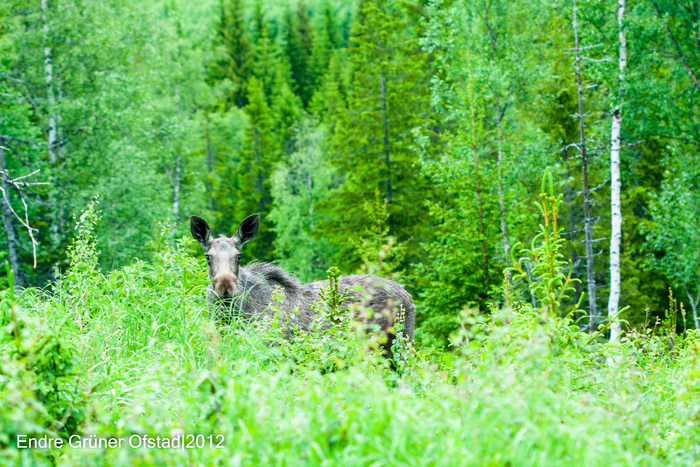
Moose can play a big role in global warming
One of the biggest potential single sources of carbon emissions from wooded parts of Norway has four legs, weighs as much as 400-550 kg and has antlers.
Human-wildlife conflicts rising worldwide with climate change
New research shows that a warming world is increasing human-wildlife conflicts globally: Climate shifts can drive conflicts by altering animal habitats, the timing of events, wildlife behaviors and resource availability. It also showed that people are changing their behaviors and locations in response to climate change in ways that increase conflicts.
Marine heatwaves decimate sea urchins, molluscs and more at Rottnest
Curtin University researchers believe rising sea temperatures are to blame for the plummeting number of invertebrates such as molluscs and sea urchins at Rottnest Island off Western Australia, with some species having declined by up to 90 per cent between 2007 and 2021.
FAU Harbor Branch Lands U.S. EPA Grant for ‘Hands-on’ Indian River Lagoon Field Trip
The project will host 125 field trips, which will educate as many as 3,125 socially disadvantaged middle and high school students about Florida’s natural resources and the importance of conserving them.